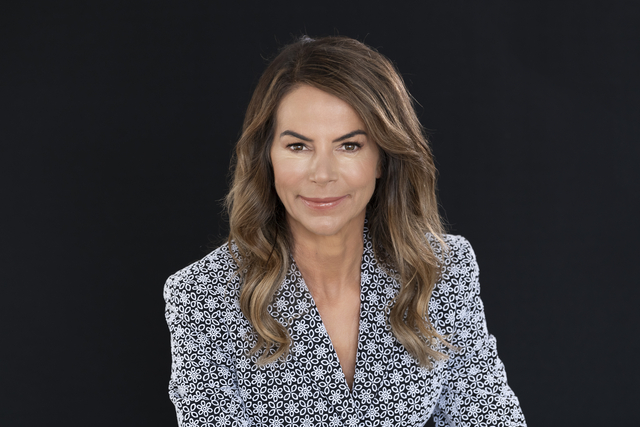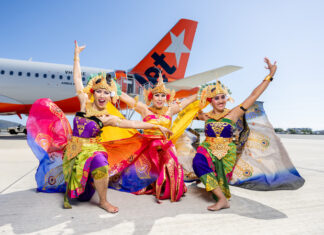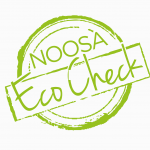Tourism Noosa was established over 20 years ago, when Noosa was a quiet, seasonal town whose economy largely relied on school holidays. Its purpose was clear: bring in events, attract visitors outside peak periods, and build a stronger, year-round economy.
It costs $2.5 million a year to market Noosa. That funding has always come from the same source—our commercial, industrial, and short-stay accommodation businesses. Residential households do not fund Tourism Noosa.
But Noosa has changed. We are no longer a sleepy beach town. Our population has grown, our pressures have increased, and our priorities have evolved. It’s time to take a fresh look at how Tourism Noosa operates, how it’s funded, and—most importantly—how our decisions affect not just local businesses, but also the people who call Noosa home.
My commitment to this community has always been simple: transparency and value for money. Every dollar of public funding must be accounted for. Every decision we make must deliver measurable benefit to the people who live and work here.
That’s why, at the recent Council meeting to approve a 12-month, $2 million transition agreement with Tourism Noosa, I supported the staff recommendation—but not without conditions. This was not a vote for the status quo. It was a vote for reform, oversight, and accountability.
I moved a series of amendments to ensure this funding is used responsibly and with transparency.
First, I requested that the CEO provide a report to Council outlining the finalised agreement with Tourism Noosa. This should include any additional KPIs, the agreed roadmap, and a breakdown of event sponsorship costs—including operational and staffing impacts. This isn’t about red tape. It’s about ensuring the community understands how public funds are being used.
Second, I called for meaningful consultation—not just with tourism operators, hoteliers, event organisers, and retailers whose businesses fund this work, but also with residents who are directly affected by tourism in their daily lives.
Third, I called for benchmarking. We can’t evaluate Tourism Noosa’s performance in isolation. We need to compare it with similar organisations—how they’re structured, staffed, and funded, and what their councils contribute. That’s just basic governance.
The report before Council (imo) didn’t go far enough. It lacked clearly defined structural alternatives for Council or the community to evaluate. That’s why I argued we must put two well-developed future models on the table for public consideration.
As I said in the meeting:
“The community is asking the right questions—questions we can no longer afford to ignore:
Is $2.5 million too much?
Are staffing levels appropriate for a $3 million organisation?
Are we getting the best value for every ratepayer dollar?
Is Tourism Noosa aligned with the values and expectations of our community?
And most importantly—is it fit for the future?
The current model may have served us well once—but it may no longer be delivering what this community expects.
Every Council department is being asked to find savings. Every public dollar is under pressure. And every organisation receiving public funds—regardless of where that money comes from—must be held to the same standard of scrutiny and accountability.
We are not here to protect the status quo. We are here to manage public funds with integrity, to make tough decisions, and to balance the needs of our tourism sector with the expectations of our community.
We need to be thinking about new structures—not defaulting to the same.
Retaining the current structure until the Destination Management Plan is complete may be the only formal option on the table right now—but it is not ideal. It falls short of the bold, decisive leadership this community expects.
Do I think the report went far enough? No. In my opinion, it fails to address the ongoing concerns about financial efficiency and the long-term direction of tourism management in Noosa.
We owe this community a proper review of Tourism Noosa’s structure—not to dismantle it, but to future-proof it. We need a model that is leaner, more transparent, and firmly aligned with Noosa’s long-term vision. A model that delivers real value, draws on expert capability, and reduces unnecessary overhead.”
As I said during the meeting:
“This funding may not come from residential households—but it is still public money. And no matter the source, it must meet the same standards of transparency, accountability, and return on investment as every other dollar we spend.”
The community deserves more than delay. It deserves leadership. And it deserves a tourism model that is modern, efficient, and aligned with Noosa’s values—because that’s the only way we protect what makes this place so special.
(Note: The majority supported the staff recommendation, 5:2)
(Please note this is my personal opinion and does not represent the position of Noosa Council.)







